How to Can Meat: A Complete Guide to Canning Meat
Preserving Meats with Canning
Hey there, meat lovers! Are you tired of freezer burn and thawing ruining your precious cuts of meat?
- Well, fret no more! Canning meat is the ultimate solution for preserving your favorite meats without sacrificing flavor or quality. Whether you're a fan of deer, beef, pork, or chicken, canning is the best way to extend the shelf life of your meats and create delicious recipes. In this comprehensive guide, we'll walk you through the process of canning meat and share some mouthwatering recipes to make the most of your canned meats. So, let's dive in and discover the wonderful world of canned meat!
What Is Canned Meat?
- Canned meat is the process of bottling raw meat into jars and pressure canning them to ensure safety and longevity. It's like creating your own little meat time capsules! By heating the jars under pressure, we create a vacuum seal that kills off any organisms that can spoil the meat. This method allows you to preserve various types of meat, from venison to beef, pork, and even chicken. Once you have your meat canned, the possibilities are endless!
The Best Type of Meat to Use
- When it comes to canning meat, it's best to choose dark red meats like stew meat. These cuts are made up of muscles with fibers that become tender under pressure. So, whether you're using venison, beef, or bison, opt for cuts that are rich in flavor and texture. If you prefer white meats like chicken or pork, make sure to add some fat to each jar to prevent them from drying out during the canning process. And if you're looking to try something adventurous, consider using venison for a unique and delicious canned meat experience. You can even purchase venison and other wild game meats online from specialized stores.
Can I Use a Pressure Cooker?
- Absolutely! Using a pressure cooker, such as an Instant Pot, is a safe and convenient alternative for canning meat. These nifty appliances can reach temperatures of up to 244°F at high pressure, which is perfect for canning. Just make sure to consult your pressure cooker's manual to determine its maximum temperature. The canning time remains the same as with a traditional pressure canner. Keep in mind that a pressure cooker may have a smaller capacity, so you might need to adjust the quantity of jars accordingly. Remember, safety first!
How to Can Meat: Step-by-Step Guide
- Now that you're familiar with the basics, let's walk through the process of canning meat. Don't worry; it's easier than you might think!
Step 1: Gather Your Ingredients and Equipment
First things first, make sure you have all your ingredients and equipment ready. You'll need:
- - Thawed or fresh meat of your choice (deer, beef, pork, chicken, etc.)
- - Jars with lids and bands
- - Palm fruit shortening (for venison or lean meats)
- - Seasonings (garlic, black pepper, sea salt)
- - A pressure canner or an electric pressure cooker (such as an Instant Pot)
- - Kitchen towel and jar lifter
Step 2: Prepare the Meat
- Cut your meat into 1-1.5 inch cubes and set them aside. In a bowl, season the meat with plenty of fresh garlic, black pepper, and sea salt. Mix it well to ensure the flavors are evenly distributed. Remember, a good-quality salt is essential for safe canning.
Step 3: Add Fat (if necessary)
- If you're canning lean meats like venison, add a dollop of palm fruit shortening to each quart-sized jar. This extra fat will help keep the meat tender during the canning process. For white meats like chicken or pork, you can skip this step if the cuts already have enough fat content.
Step 4: Pack the Jars
- Now it's time to pack the seasoned meat into the jars. Fill them up, leaving some headspace (just below the rim). This space is necessary to allow for expansion during the canning process. Make sure to pack the meat tightly, but don't squish it too much.
Step 5: Seal the Jars
Cover the jars with their lids and tightly shut the bands. This will create a secure seal that will prevent any moisture or bacteria from entering the jars during processing.
Step 6: Pressure Canning
- Pour about 3 quarts of water into the bottom of your pressure canner or electric pressure cooker. Carefully place the jars into the water, ensuring they are fully submerged. Seal the pressure canner lid or cover your electric pressure cooker according to the manufacturer's instructions. Start pressurizing the pot and let it reach 10 pounds of pressure.
Step 7: Timing is Everything
Once the pot has reached the desired pressure, maintain it at 10{finish}
- pounds for the recommended canning time. The processing time will vary depending on the type of meat and the size of the jars. Consult a reliable canning guide or recipe for specific instructions. Remember, timing is crucial to ensure the meat is safely preserved and free from any harmful bacteria.
Step 8: Depressurize and Cool
- After the recommended processing time, turn off the heat and allow the pressure canner or electric pressure cooker to depressurize naturally. Do not attempt to open the lid until the pressure has fully released. Once the pressure has normalized, carefully remove the jars using a jar lifter and place them on a kitchen towel to cool.
Step 9: Check the Seals
- As the jars cool, you'll hear a satisfying "pop" sound indicating that the lids have properly sealed. After the jars have cooled completely, check the seals by pressing down on the center of each lid. If it doesn't flex or move, the jar is sealed correctly. Any unsealed jars should be refrigerated and consumed promptly.
Step 10: Label and Store
- Now that your meat is safely canned, it's time to label and store the jars. Use waterproof labels to mark the date of canning and the type of meat. Store the jars in a cool, dark place, such as a pantry or cellar, where they can be kept for up to a year or even longer.
Ways to Use Canned Meat
Congratulations, you've successfully canned your meat! Now, let's explore some delicious ways to incorporate your canned meats into mouthwatering recipes. Here are a few ideas to get you started:
- 1. Canned Venison Stew: Create a hearty stew by combining your canned venison with vegetables, herbs, and spices. Let it simmer on the stovetop or in a slow cooker for a comforting and flavorful meal.
- 2. Beef and Vegetable Soup: Make a comforting soup by adding your canned beef to a pot with a variety of vegetables, such as carrots, potatoes, and onions. Season it with your favorite herbs and spices for a satisfying meal.
- 3. Pulled Pork Sandwiches: Use your canned pork to make tender and flavorful pulled pork sandwiches. Simply heat the meat, shred it with a fork, and serve it on buns with your favorite barbecue sauce.
- 4. Chicken Salad: Whip up a quick and delicious chicken salad using your canned chicken. Mix it with mayonnaise, diced celery, onions, and seasonings for a tasty sandwich filling or salad topping.
- 5. Meat Tacos: Spice up your taco night by using your canned meat as a filling. Warm it up in a skillet with some spices and serve it in soft tortillas with your favorite toppings
Feel free to experiment and get creative with your canned meats. The possibilities are endless, and you'll never run out of ideas for delicious meals!
FAQs (Frequently Asked Questions)
1. Can I use other types of meat for canning?
- Absolutely! While this guide focuses on deer, beef, pork, and chicken, you can certainly experiment with other types of meat. Just make sure to follow the same principles of seasoning, packing, and processing to ensure safety and quality.
2. How long can I store canned meat?
- When properly sealed and stored in a cool, dark place, canned meat can last for up to a year or even longer. However, it's always a good idea to check the seals and quality before consuming any canned goods.
3. Can I reuse jars and lids for canning?
- It's generally recommended to use new jars and lids for each canning session to ensure a proper seal and reduce the risk of contamination. Reusing jars and lids may compromise the seal and safety of the canned goods.
So there you have it, a complete guide to canning meat!
- With this knowledge, you'll be able to preserve your favorite meats and enjoy them for months to come. So, grab your pressure canner or electric pressure cooker and get started on your canning adventure. Happy canning!
Can meat- Canning meat- Canned meat guide




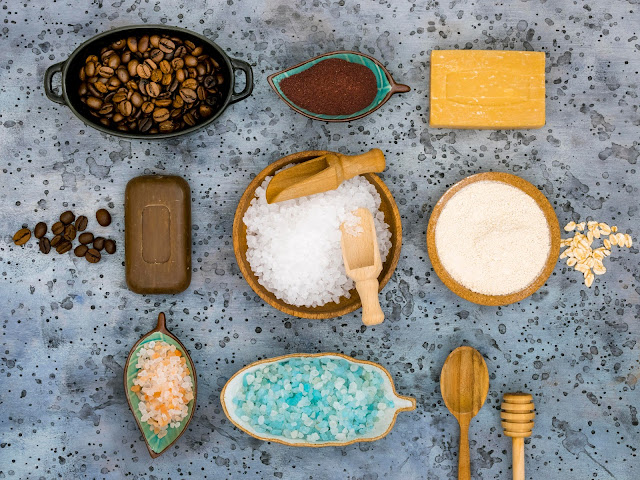

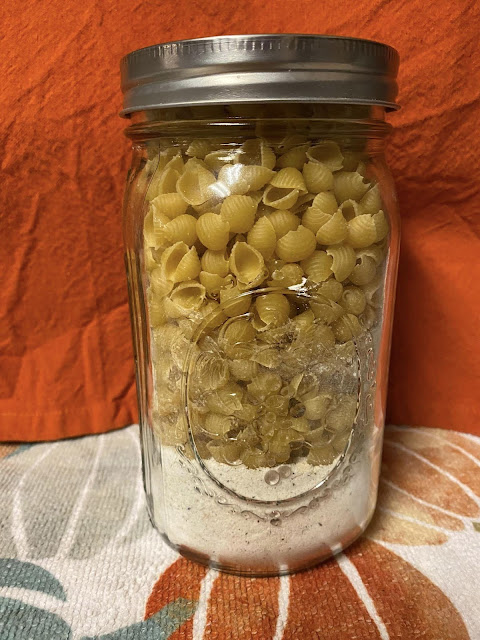




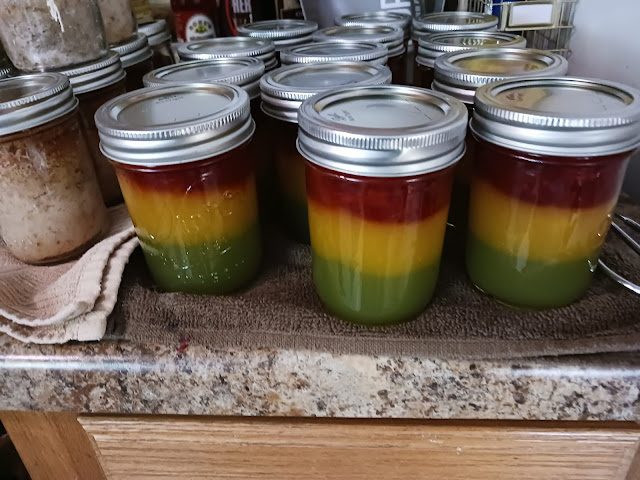

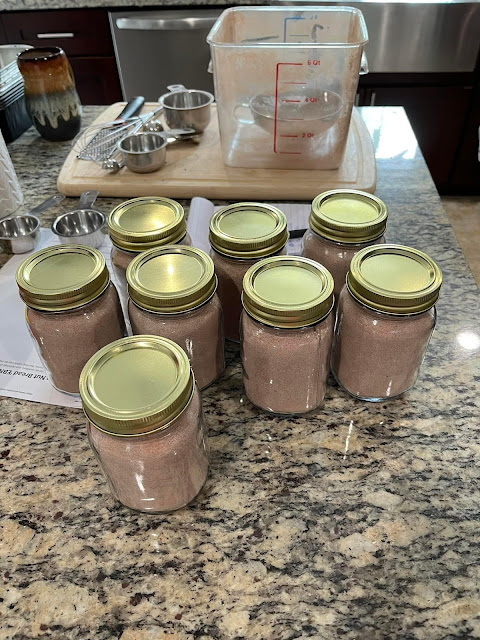
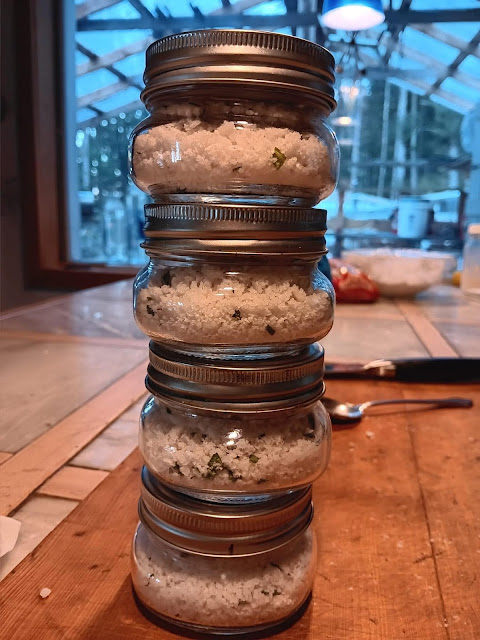
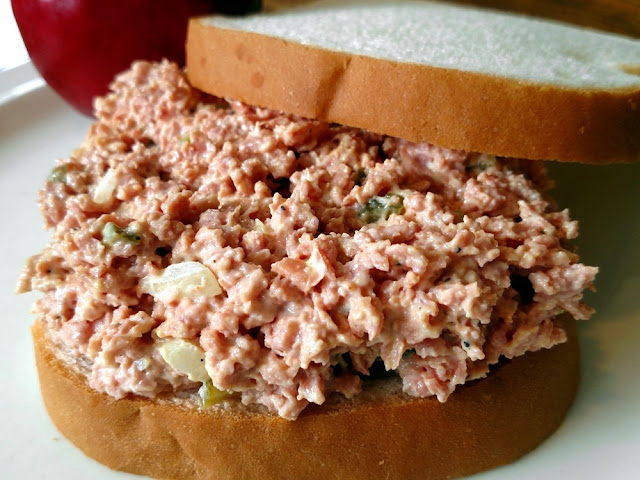

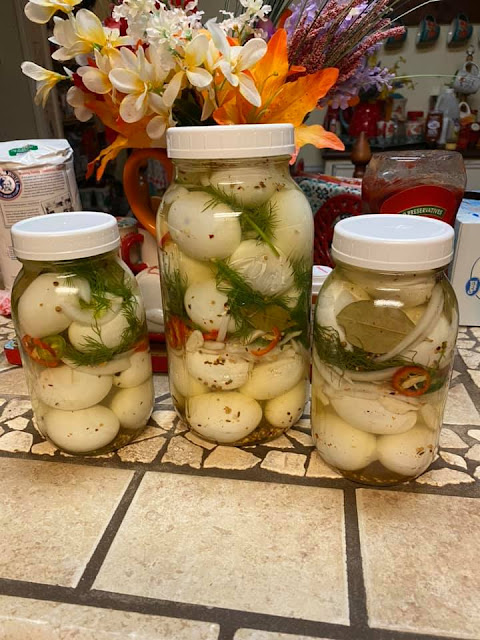

Comments